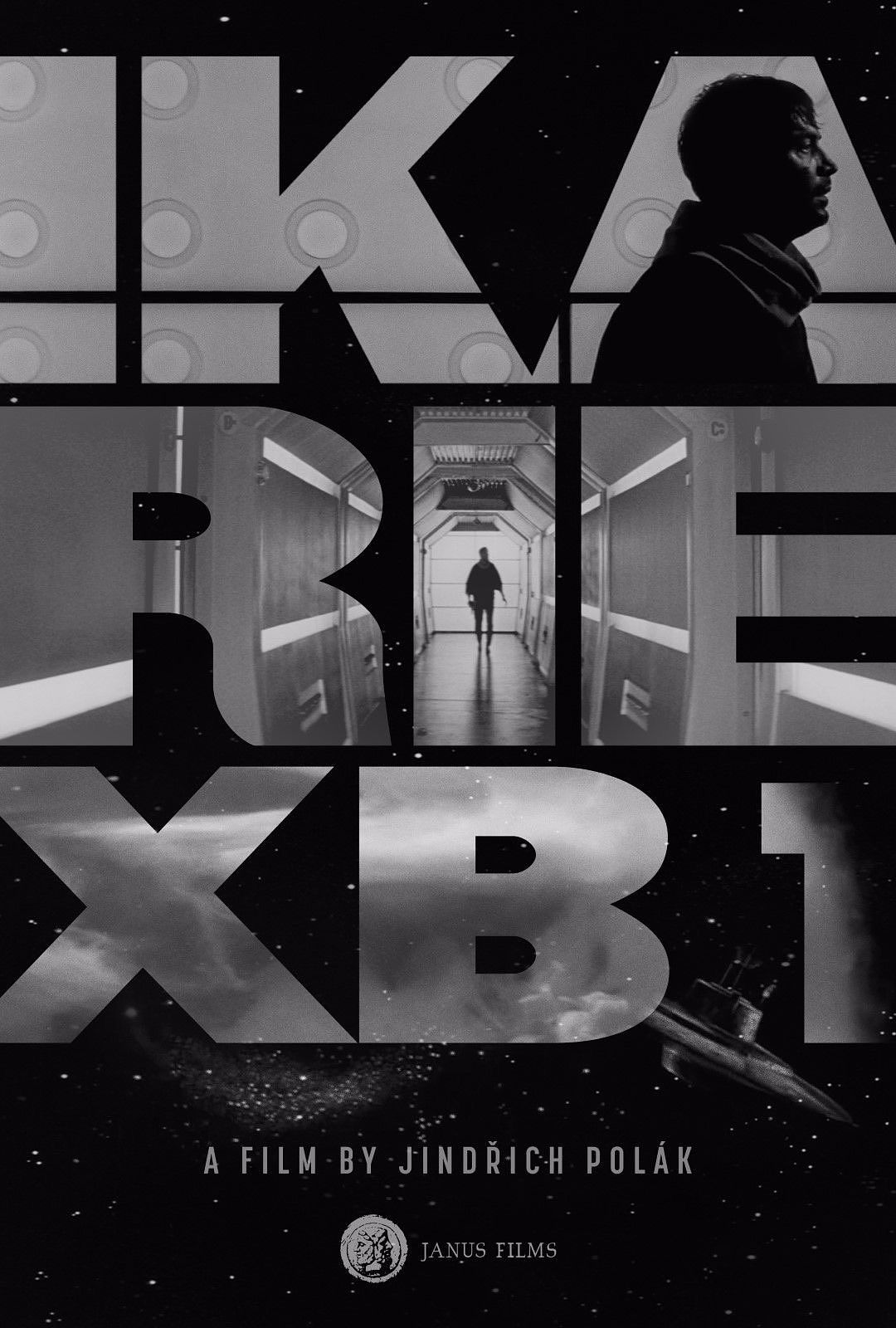
I just straight-up had never heard of this movie until I ran across it in the “International Classics” section on Criterion yesterday. Before Alien, you say? Before 2001? Before Solaris? Alright, I’m in!
In the 22nd century, the starship Ikarie and its crew of 40-some people has been sent to explore planets in the Alpha-Centauri system for signs of other life in the universe. The crew will experience the trip as a 28-month mission but due to the effects of relativistic time dilation, it will be fifteen years later on Earth when they return. Along the way, they encounter a derelict spacecraft, a mysterious radiation-emitting star, and various traumas (both physical and psychological) among the crew.
Originally released in 1963, the film is a Czech production from director Jindřich Polák, based on a novel by Stanislaw Lem. It was released in a heavily edited (and probably crappy, although I haven’t seen that one either) dubbed verison in the US. It sounds like it mostly lingered in obscurity since then, relegated to the pages of film studies books until it was restored a few years ago.
If you’re looking for an action-oriented sci-fi romp, this movie is not for you. It is slow and moody, and much of its run-time is spent on conversations and contemplations amongst the crew about humanity’s place in the universe and what it might mean to find life and intelligence somewhere else out there, as well as about the decisions and sacrifices they have made in the name of science and exploration.
Compared to movies like 2001 or Solaris, however, I will say that Ikarie XB 1 fairly cracks right along, and it is not without its moments of danger and tension, particularly during the exploration of the derelict ship they run across far out from where any ship should be.
This movie really shines in the visuals and production design. While it is very clearly a 1960s version of The Future, it still looks super-cool. They do a great job with the ship interiors—it’s got a retro-futurist (presumably it was just futurist at the time) feel to it. The black and white photography and lighting are impressive, too. The look of the film strikes a really interesting balance of moodiness that I liked but could not quite put my finger on.
Of course, parts of the 1963 production show their age. There’s a robot that is pretty silly-looking in a Robbie the Robot sort of way, and the exterior shots of the ship flying through space—sometimes with flames shooting out the back—look exactly like you would expect a movie of this vintage to look. There are also some effects on the ship’s displays that look dated and silly. But really, that’s all just window-dressing and not really a criticism.
If I had to come up with anything to criticize about the movie, it would be the ending. It just sort of… stops. And at really quite a critical moment, too. I generally appreciate an ambiguous and open-ended conclusion to a movie but this one seems a bit like they maybe ran out of budget. I felt like I was really left hanging in an unsatisfactory way.
That complaint is certainly not enough to turn me off from Ikarie XB 1. If you’re looking for thoughtful, artistically done sci-fi, I would highly recommend checking out this film. And if nothing else, the dance-party scene alone that happens about a third of the way into the running time is more than worth the price of admission.